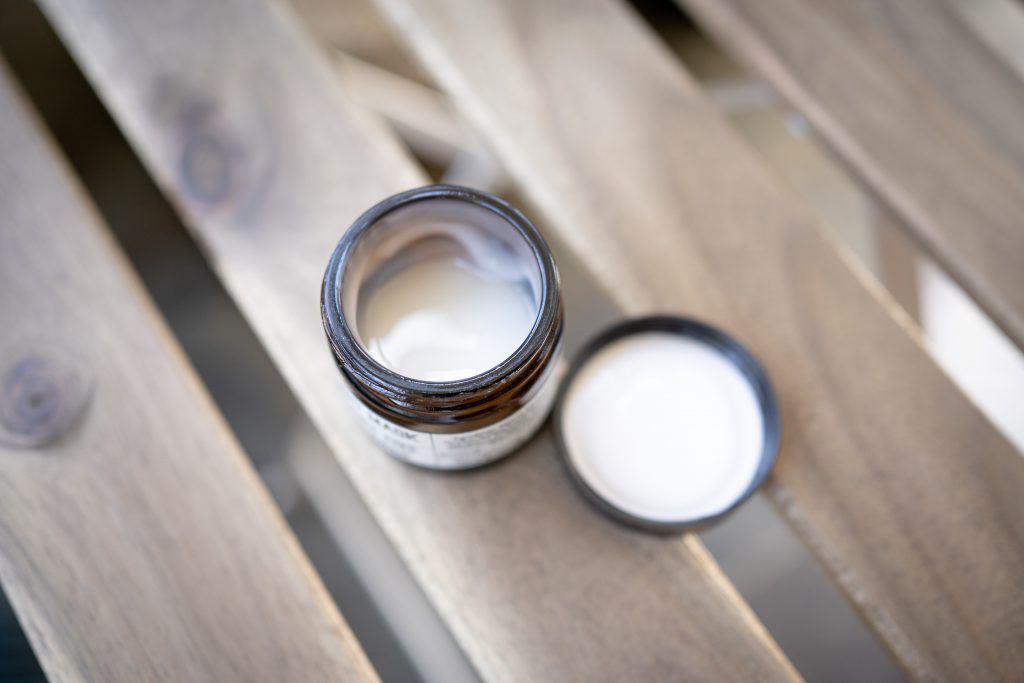Introduction:
Your choice of moisturizer can significantly impact the health and appearance of your skin. With a plethora of options available, it’s essential to understand your skin type and its unique requirements. This guide dives into the key criteria for selecting the ideal moisturizer based on your skin type, ensuring that your skincare routine is as effective as it is satisfying.
Understanding Different Skin Types:
Before delving into the criteria, it’s crucial to identify your skin type. Oily skin tends to produce excess sebum, dry skin lacks moisture, combination skin has varying needs across different areas, and sensitive skin is prone to irritation and redness.
Criteria for Selecting a Moisturizer:
Selecting the right moisturizer involves more than just picking a product off the shelf. It requires a thoughtful consideration of your skin’s characteristics and needs. The criteria for each skin type are unique and vital to achieving optimal results.
Oily Skin: Lightweight and Non-Comedogenic Formulas:
For those with oily skin, a lightweight, non-comedogenic formula is key. These moisturizers provide hydration without clogging pores or exacerbating excess oil production. Look for terms like “oil-free” and “non-comedogenic” on product labels.
Dry Skin: Rich and Hydrating Ingredients:
Dry skin craves deep hydration and nourishment. Opt for moisturizers with rich, emollient ingredients like shea butter, glycerin, and ceramides. Hyaluronic acid-infused formulations are particularly effective in retaining moisture.
Combination Skin: Balancing Act:
Combination skin requires a delicate balance. Gel-based moisturizers are excellent for controlling oil in the T-zone, while richer formulations cater to drier areas like cheeks. Seek products that address both needs without causing imbalance.
Sensitive Skin: Fragrance-Free and Hypoallergenic Choices:
Sensitive skin demands extra care and caution. Choose moisturizers that are fragrance-free, hypoallergenic, and free from potential irritants. Patch test new products on a small area of skin before full application.
SPF Inclusion for Daytime Moisturizers:
For daytime moisturizers, consider those with built-in SPF protection. Sunscreen is crucial in preventing premature aging and protecting against harmful UV rays. Opt for broad-spectrum protection with an appropriate SPF level for your skin type and sun exposure.
Ingredient Lists: What to Look For and Avoid:
Take a close look at ingredient lists. Beneficial ingredients like antioxidants, vitamins (C and E), and peptides can enhance your moisturizer’s effectiveness. Conversely, avoid products with harsh chemicals or excessive fragrances.
Allergies and Sensitivities: Navigating Ingredient Lists:
If you have known allergies or sensitivities, navigating ingredient lists becomes paramount. Familiarize yourself with potential allergens and consult your dermatologist if unsure.
Understanding Labels: “Oil-Free,” “Non-Comedogenic,” and More:
Product labels often include terms like “oil-free,” “non-comedogenic,” and “hypoallergenic.” Understand the meanings behind these labels to make informed decisions.
Trial and Observation: Testing Moisturizers Safely:
When trying a new moisturizer, perform a patch test on a small area of skin. Integrate the product gradually into your routine and observe how your skin responds over a few days.
Consulting Dermatologists and Skincare Experts:
If you’re uncertain about which moisturizer suits your skin best, consulting a dermatologist or skincare expert can provide personalized recommendations based on your skin’s specific needs.
Personal Preferences: Balancing Formulation and Experience:
While scientific criteria are crucial, your personal preferences also matter. A moisturizer that aligns with your skincare routine and brings you joy will likely be more sustainable in the long run.
Market Exploration: Variety and Trends:
The skincare market offers an array of moisturizers tailored to different skin types. From gel-based formulas to luxurious creams, the choices are abundant, reflecting evolving skincare trends.
Making an Informed Choice: The Right Moisturizer for You:
Ultimately, the right moisturizer for you is one that ticks all the boxes: suits your skin type, addresses your concerns, aligns with your preferences, and promotes overall skin health.
Conclusion:
Selecting the best moisturizer for your skin type requires a thoughtful approach. By considering your skin’s unique characteristics, specific needs, and personal preferences, you can make an informed choice that contributes to your skin’s vitality and radiance.
FAQs (Frequently Asked Questions):
- **Can I use the same moisturizer for both day and night?** While using the same moisturizer is possible, using a richer formula at night can provide extra nourishment while your skin repairs itself.
- How often should I apply moisturizer? Twice daily is recommended: once in the morning to protect your skin and once at night to aid in repair and hydration.
- Can I skip moisturizer if my skin is oily? No, oily skin needs hydration too. Opt for oil-free and lightweight moisturizers to avoid clogging pores.
- Can I use multiple moisturizers for different skin concerns? Yes, you can layer moisturizers to address specific concerns. Apply a lighter formula first and follow with a richer one if needed.
- Is it okay to switch moisturizers frequently? It’s best to stick to a moisturizer for a few weeks to observe its effects. Frequent switching can disrupt your skin’s balance.


